Search

EPA Proposes a Decision to Approve Registration for Dicamba Labeling to Be Applied to Tolerant Soybean
Dicamba products previously labeled for overtop application to tolerant soybean are not registered for use during the 2025 growing season. However, the EPA has proposed to re-register these dicamba products for use in tolerant soybean starting in 2026.
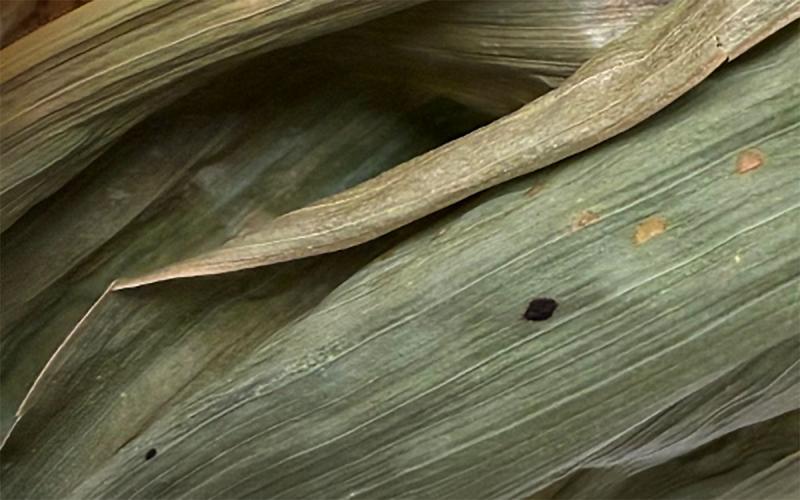
Tar Spot Confirmed in South Dakota
Trace amounts of tar spot were recently found in Yankton and Bon Homme counties and are thought to have originated from corn residue instead of windblown spores. This speaks to the importance of crop rotation in the management of this disease.
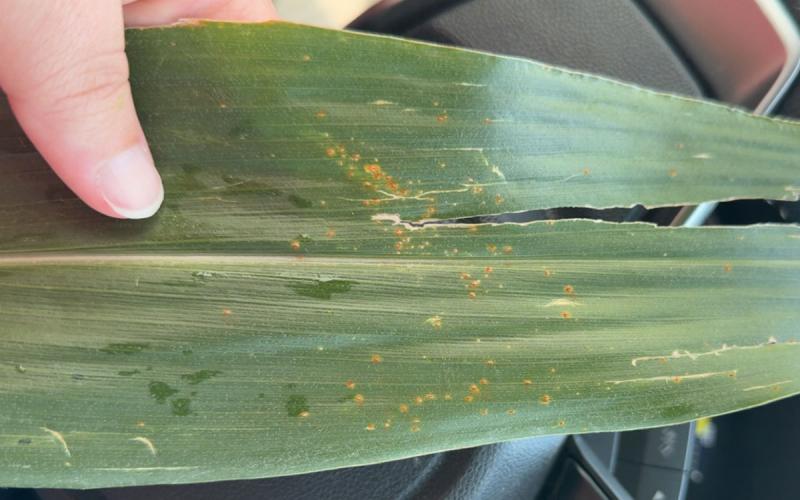
Southern Rust Observed in South Dakota Corn Fields
Southern Rust was recently confirmed in South Dakota corn fields. Yield impacts from Southern Rust can be high, so scouting for the disease is highly encouraged to determine if it is present.
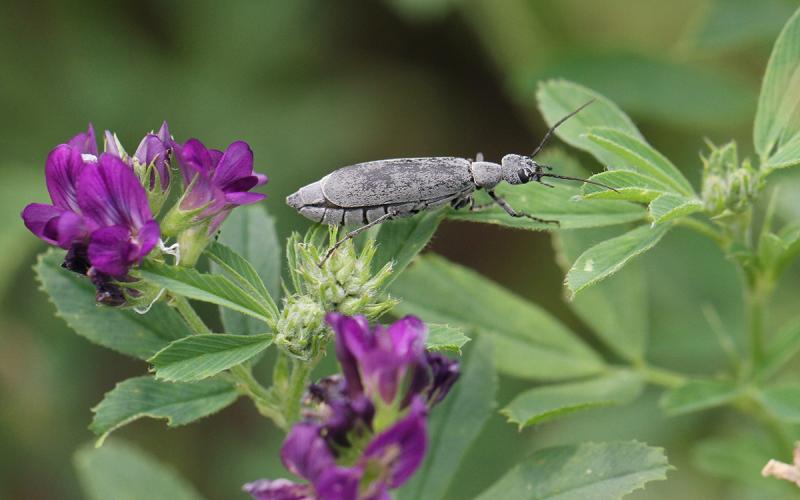
Watch for Blister Beetles in Later Alfalfa Cuttings
The frequent rain events experienced this summer has helped boost forage production. Although this is great for growers, the possibility of encountering blister beetles at harvest increases later in the summer.
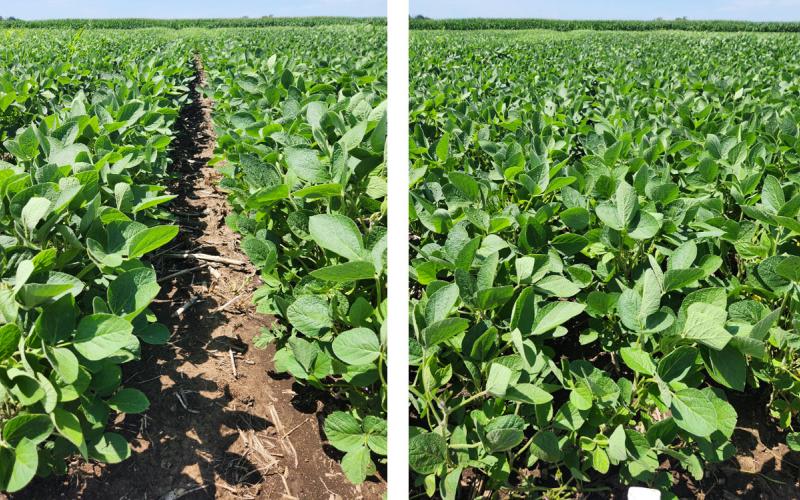
Strong, Effective Herbicide Programs Can Be Complimented With Narrow Row Spacing
While strong herbicide programs will result in effective weed management, a cultural tactic, such as row spacing can result in a complementary increase in effectiveness.
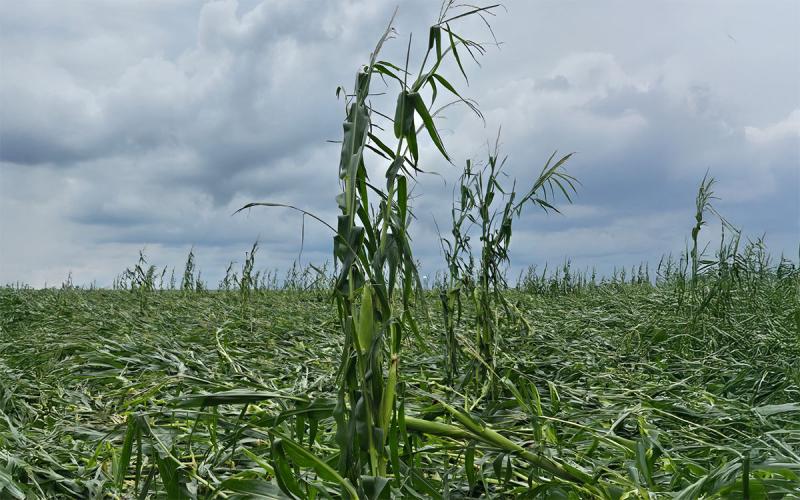
Are Fungicides Needed On Hail-Damaged Crops?
Recent storms brought rain, severe wind, and hail. With the hail and wind damage that occurred, many growers are wondering if a fungicide application is needed to protect their hail or wind-damaged crops.
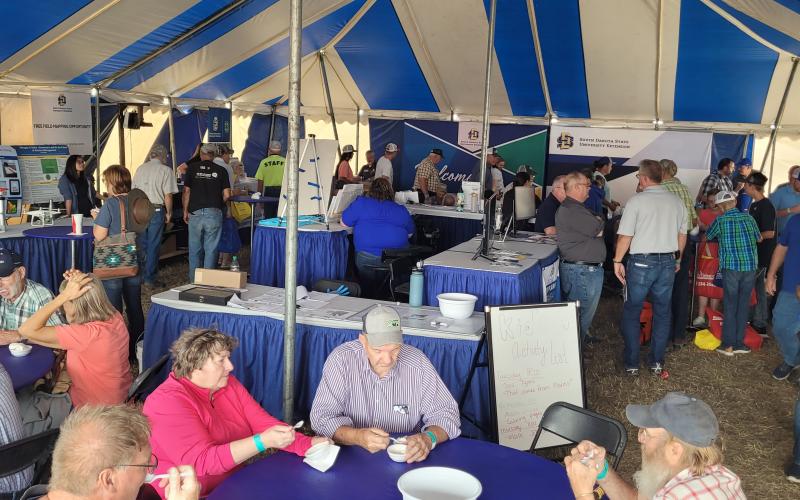
SDSU Extension experts to attend 2025 Dakotafest
August 06, 2025
South Dakota State University Extension experts will attend the 2025 Dakotafest trade show in Mitchell, providing educational resources and hands-on activities for a variety of topics.
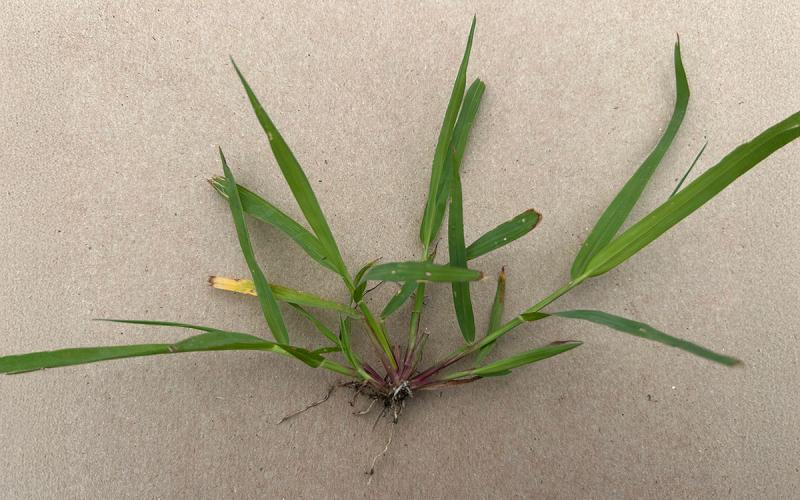
Late-Season Crabgrass Control
At the start of August, crabgrass is often prevalent in lawns. Ideally, this weed should be controlled earlier in the season, but if early management was missed, a post-emergence herbicide can help control it before it produces more seed.

Cybersecurity Planning: Securing the Future
With reliance on digital technologies, precision agriculture requires securing data and implementing key strategies to safeguard digital assets and maintain operational integrity and confidentiality.
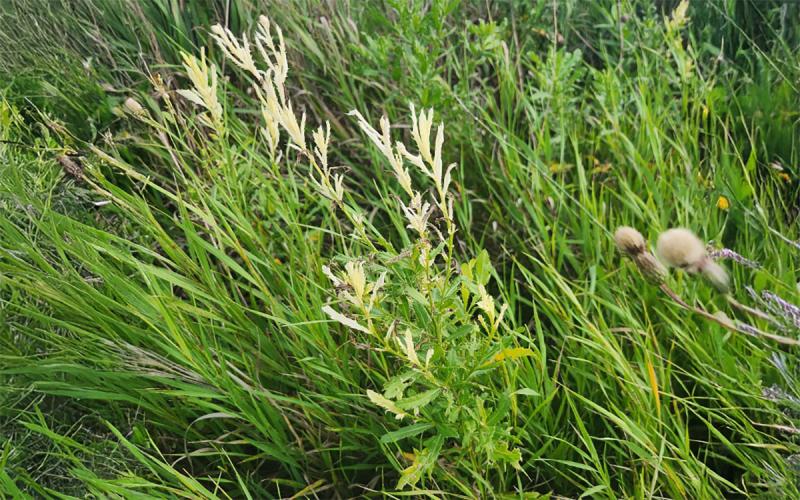
White Thistle Disease: Biological management at work
White thistle disease can be seen among many Canada thistle plants throughout South Dakota this growing season. Plants infected with the disease exhibit significant reductions in both growth and seed head compared with non-infected plants.